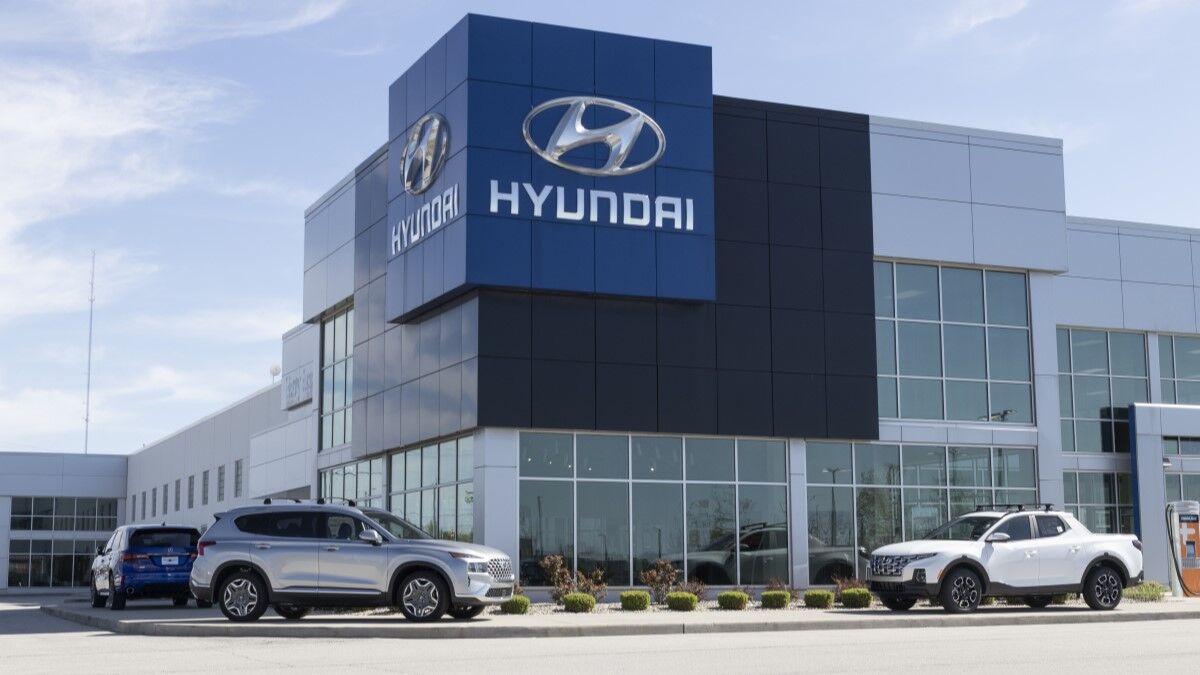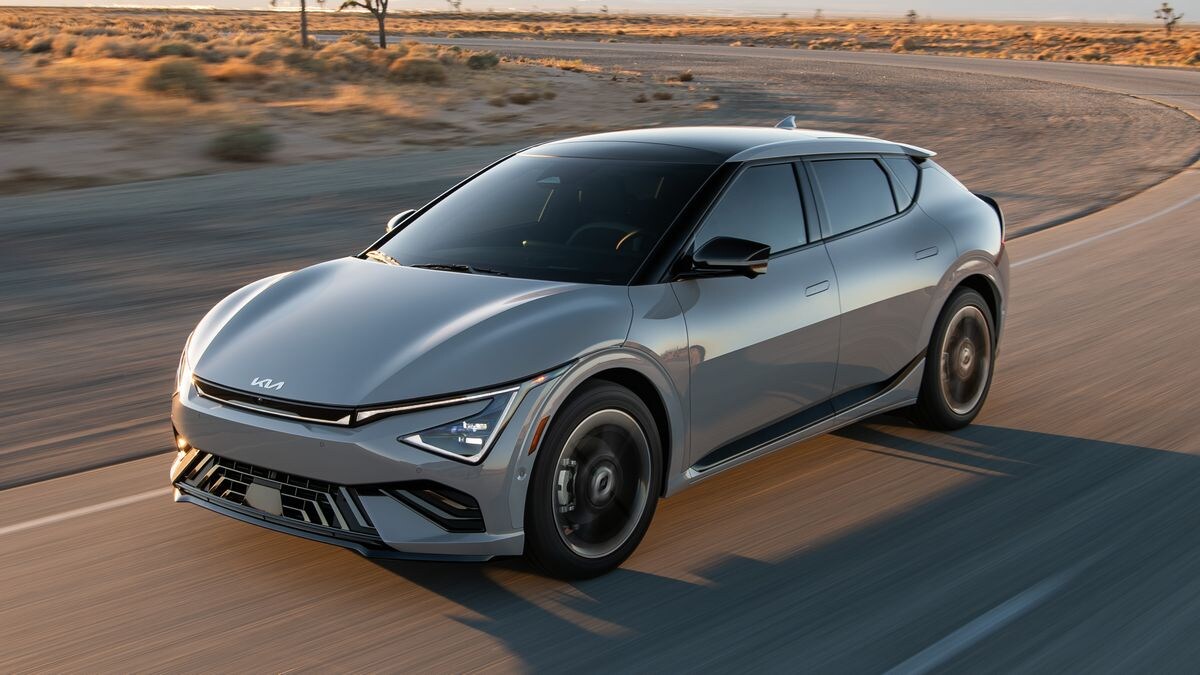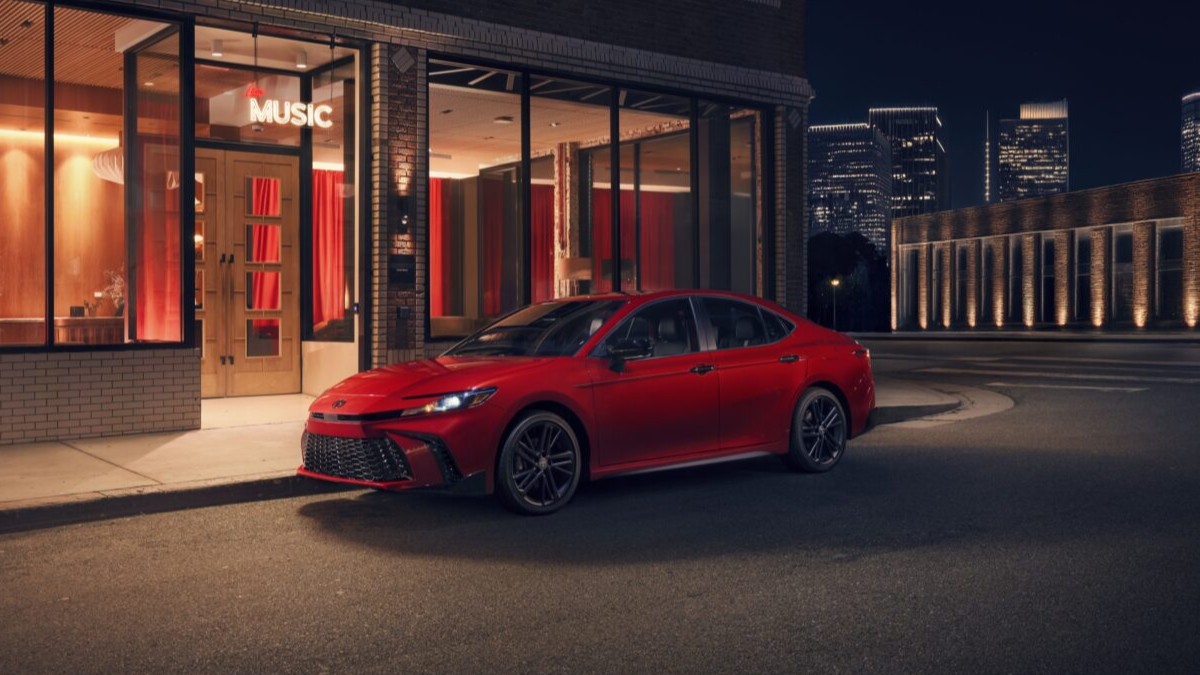Honda and Nissan plan to merge, creating one of the planet’s largest automakers, the two companies announced today. They have signed a memorandum of understanding that would see the move completed by August 2026.
Mitsubishi Motors may also join the agreement. The smaller company “will decide by the end of January whether to join the new partnership,” reports industry publication Automotive News.
Honda and Nissan are still negotiating the details of the union, but it’s clear early on that Honda will be the senior partner in the merger.
The pair will be delisted from the Tokyo Stock Exchange and form a holding company together that will take control of all their assets. “Honda is expected to nominate the majority of directors and the president of the new company. The final share transfer ratio will be decided later and be based upon share prices, among other factors,” AN reports. The companies haven’t decided on a name for the holding company or where it will be headquartered.
Why Nissan Needs This
Nissan has struggled since the COVID-19 pandemic brought major changes to the global automotive industry. The company saw its operating profits shrink by 90% in the first half of the fiscal year, leading one executive to tell the Financial Times, “We have 12 or 14 months to survive.”
The company lacks any hybrid offerings, even as hybrid sales have taken off in North America. Once a leader in electric vehicles (EVs), its aging Leaf has failed to keep pace with more recent offerings, and its Ariya has not broken into the list of best-selling EVs.
Nissan’s global sales last year reached 3.37 million. However, its market capitalization has recently been as low as $10 billion. Honda’s sales were not much larger, at 3.98 million. But its market capitalization has been a much healthier $44 billion in recent weeks.
Merger rumors emerged last week after two activist investor groups known for aggressive corporate rebuilding projects bought small positions in the troubled company.
Why Honda Needs This
Honda is in a much stronger position but wants to grow to fend off rising Chinese rivals.
Honda hopes “the $50 billion deal would help them catch up with Tesla and China’s BYD in electric vehicles and advanced software,” the New York Times explains.
Chinese giant BYD will likely surpass Ford and Honda in global sales this year. China is now the world’s largest domestic auto market and, by some measures, surpassed Japan to become the world’s largest exporter of cars last year.
Americans often see Honda and Toyota as rough equivalents, but Toyota is a far larger company with more resources to compete on a global scale. Merging with Nissan and Mitsubishi could bring Honda closer in size. The combined company could be the world’s third-largest automaker, trailing only Toyota and Volkswagen.
With additional resources, Honda would be better positioned to survive competition with the growing Chinese automotive sector.
But mergers alone can’t create a successful company. CNN notes, “Chrysler’s latest merger, with Europe’s PSA Group in 2001 to form Stellantis, has had its own problems in the last year, with falling sales and profits.” Stellantis is engaged in its own fight for survival despite its new, larger size.
In a press release, Honda argued that the two companies could benefit from standardized vehicle platforms, integrated research and development, optimizing manufacturing facilities, and more.








